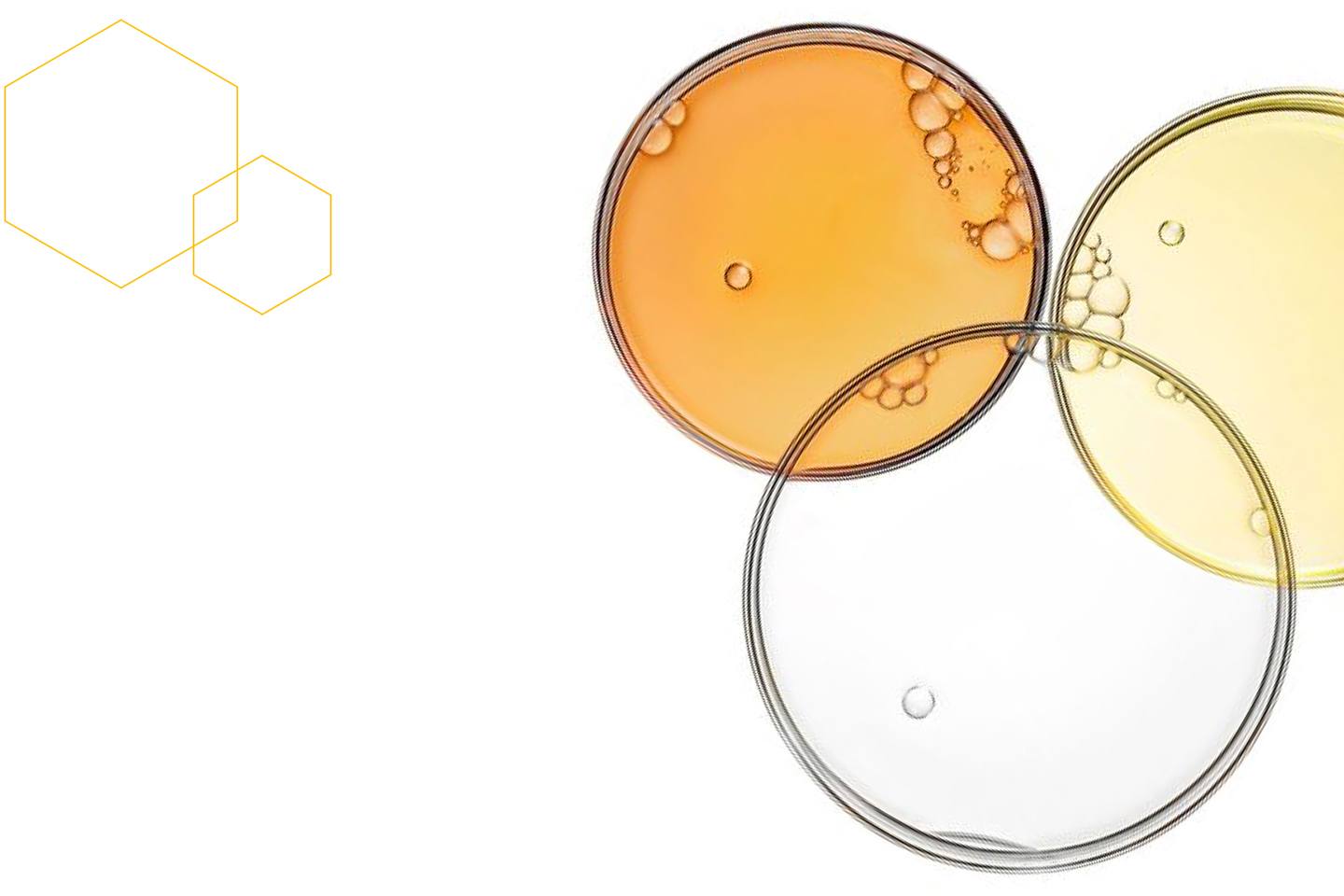Understanding Bioactivity
Mānuka Honey Health Research Database
For decades, scientists worldwide have been uncovering the unique compounds and mechanisms that make genuine New Zealand Mānuka honey truly exceptional. Dive into our extensive research to explore the groundbreaking findings that highlight what sets Mānuka honey apart. Join us on a journey through world-leading research and discover the extraordinary qualities of Mānuka honey, including its unique UMF properties. Learn more about the distinctive characteristics of Mānuka honey that make it stand out from other natural health products.

-
Bioactives
-
Health Research
Unleashing the future of health
The unrivalled versatility and possibilities of New Zealand Mānuka Honey.


